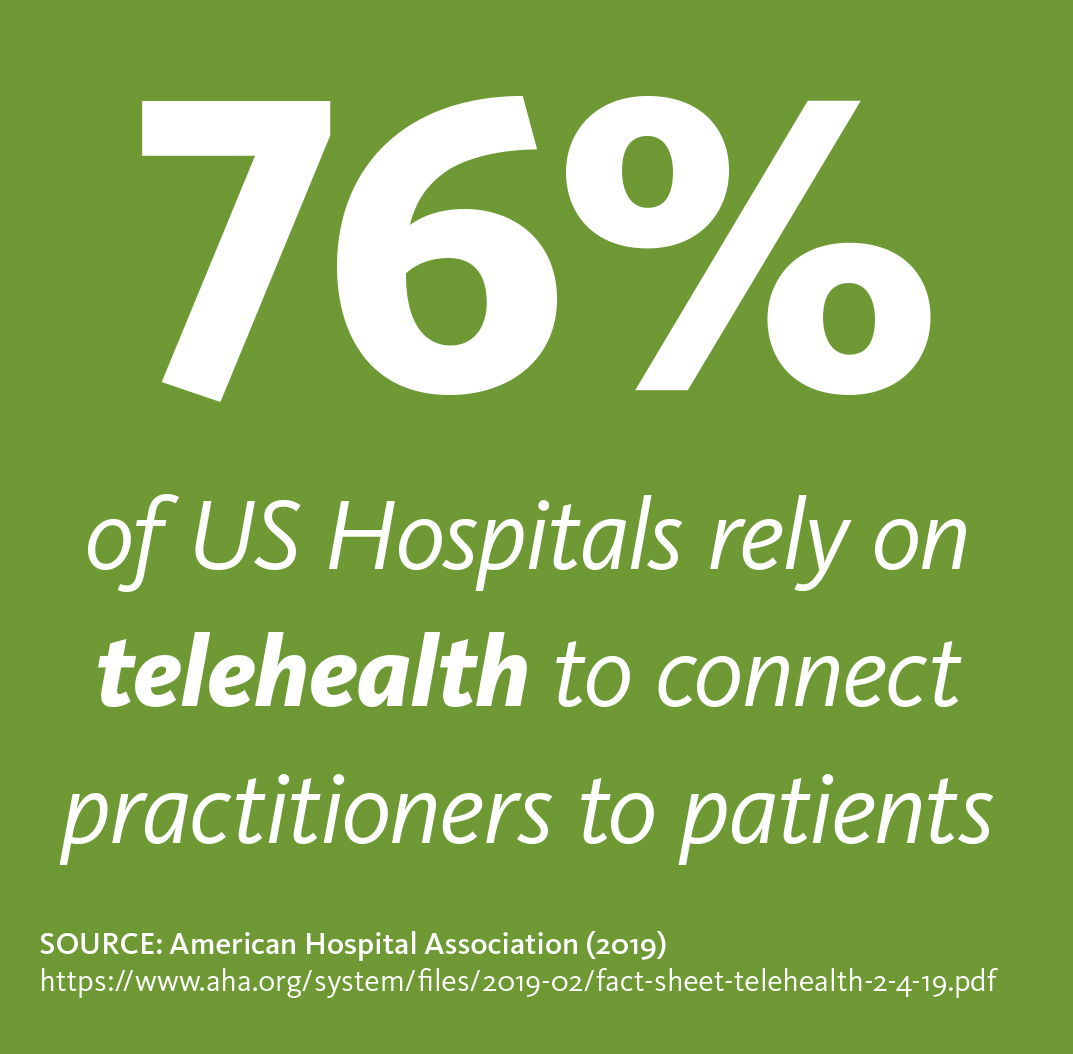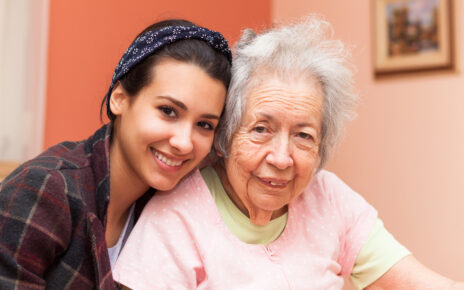by ROBIN DOUGLAS, ROBIN DOUGLAS CREATIVE SERVICES, LLC
After the stay-at-home order took effect in California, staff at St. Paul’s PACE Center in San Diego needed to continue monitoring the physical and emotional needs of almost 1,000 seniors currently enrolled in the program, many of whom visit their day centers for socialization, hot meals, activities, physical therapy and medical visits.
ST. PAUL’S SENIOR HOMES AND SERVICES, SAN DIEGO AND CHULA VISTA, CA.
St. Paul’s PACE has three medical clinics and day centers in San Diego, so typically their transportation service picks up seniors from their homes and brings them into the day centers or clinics. “We had started a telehealth program on a much smaller scale prior to COVID,” said Cheryl Wilson, CEO of St. Paul’s Senior Homes and Services. As the situation began to change with COVID-19, their team worked quickly to ramp up the program. The IT and medical team compiled an equipment list for the program to include all sites, staff were trained and the entire expansion happened within a week.
THE CHALLENGE
 From there, home care workers received iPad devices to continue helping seniors with medication management physical therapy exercises, diabetes management, blood pressure checks and wound care. “Home care workers might go to the home to clean and dress a wound, and take that opportunity to use the iPad to show the wound to the doctor who is back in the clinic,” said Wilson.
From there, home care workers received iPad devices to continue helping seniors with medication management physical therapy exercises, diabetes management, blood pressure checks and wound care. “Home care workers might go to the home to clean and dress a wound, and take that opportunity to use the iPad to show the wound to the doctor who is back in the clinic,” said Wilson.
“Because our seniors know our doctors, it’s very reassuring for them to be able to see them on the iPads for that discussion.” Mental health providers and social workers also continue to stay in touch with seniors through telehealth. “We’re just trying to keep people engaged and make sure they know we’re here for them,” said Wilson.
For those seniors who actually need to see a doctor in person, staff got innovative. “Our staff outfitted several of our regular support vans with all the supplies, privacy curtains, and medical devices that they would need, and they’re calling them our “roving clinics,” said Wilson. Staff will visit a senior’s home along with a nurse practitioner, physician’s assistant or physician and bring the person into the van to be treated. Following treatment, the resident is assisted back into their home and the van is sanitized. “It’s working out really well,” said Wilson. “I’m so impressed by the creativity of our staff in doing this and making it work.”
THE SOLUTION by MAJD ALWAN, PH.D.
LeadingAge and CAST have always believed in the benefits and value of telehealth for older adults, regardless of the care setting, the geography, and modality of telehealth.
During the pandemic, telehealth emerged as a viable option to safely access many healthcare services, from a quick virtual visit with the doctor, to a teleconsultation with a specialist, to chronic disease management at home, to even remote emergency triage of individuals to eliminate unnecessary exposure to COVID-19 in an overwhelmed ER or a hospital. With a blanket emergency use waiver, CMS removed many of the geographic, originating site, telehealth modality and type of service restrictions.
To help you understand the flexibilities, LeadingAge produced a QuickCast providing an overview of the flexibilities most relevant to aging services providers and the older adults you serve, highlighting a unique funding opportunity, and giving you setting-specific advice (https://learninghub.leadingage.org/courses/telehealth-telemedicine-and-remote-patient-monitoring). Those interested in selecting and implementing telehealth will find the Telehealth and Remote Patient Monitoring Portfolio of tools extremely helpful (https://leadingage.org/telehealthand-rpm-selection-tool).




